At CIKIT we just don’t intend to sell our products but to provide complete solutions to all Lightning & Earthing related issues. Our expert technical team would provide all assistance and guidance in all the processes involved in designing and installation of a perfect Lightning Protection and Earthing Systems.

Soil resisitivity test is done to determine the properties of the soil at the given location, especially the electrical properties. By carrying out this test we will know how much the soil will resist the flow of electricity within. Soil resistivity has been found to be non-uniform at many sites. Resistivity measurements at site will reveal whether the soil is homogenous or non-uniform. As soil plays the most important roll in any earthing system, it is important to know its characteristics to design a perfect Earthing system. Soil resistivity test should be performed in at least eight test directions from the centre to cover the whole site.
Wenner’s four point method: In this method four electrodes are driven into the earth along a straight line at equal intervals. The four terminals Megger is the earth tester used. When using such a megger, the resistivity may be evaluated from the equation as given below:
p = 2 π s R
Where
p = resistivity of soil in ohm meters
s = distance between successive electrodes in meters and
R = Megger reading in ohms.
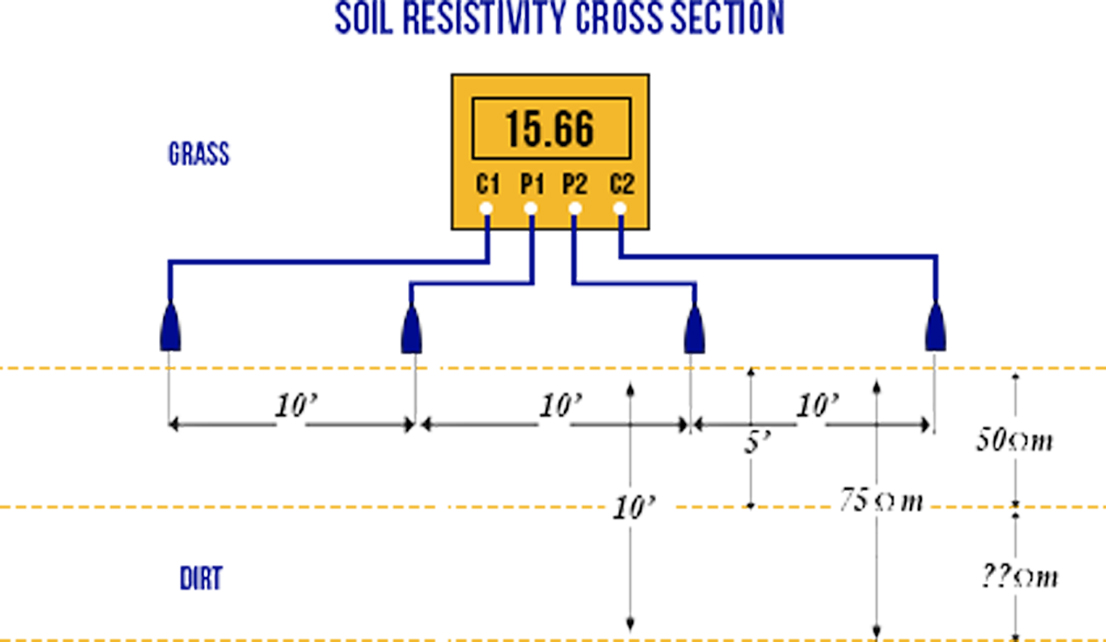

This is one of the most common methods employed for the measurement of earth resistance and is best suited to small systems that don’t cover a wide area. It is simple to carry out and requires a minimal amount of calculation to obtain a result. The Fall of Potential or the 3-point method, comprises the Earth Electrode to be measured and two other electrically independent test electrodes, usually labeled P (Potential) and C (Current). An alternating current (I) is passed through the outer electrode C and the voltage is measured, by means of an inner electrode P, at some intermediary point between them. The Earth Resistance is simply calculated using Ohm’s Law; Rg = V/I.
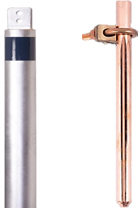
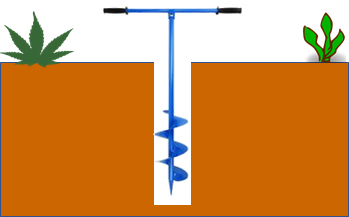
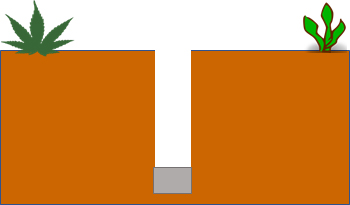
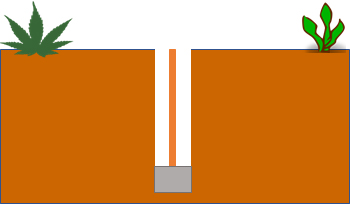
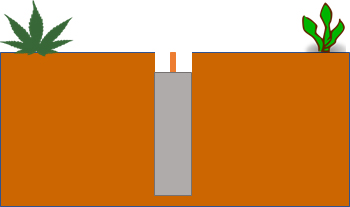
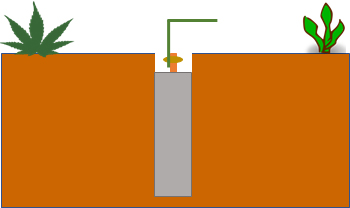

We understand that there may be a need for collaborative engagement in a project undertaking. We bring in our expertise through a continuous engagement from the inception of project - both as a turnkey assignment or on a continuous basis.
We provide assistance across several industries including oil & gas, railways and transportation, education institutions, hospitals, manufacturing, telecom and more.
Our collaborative role will be to assess the requirements through a risk audit, provide a plan and recommend the need. Post this we do installations based on the cost strategy and continue to support till the project is handed over.
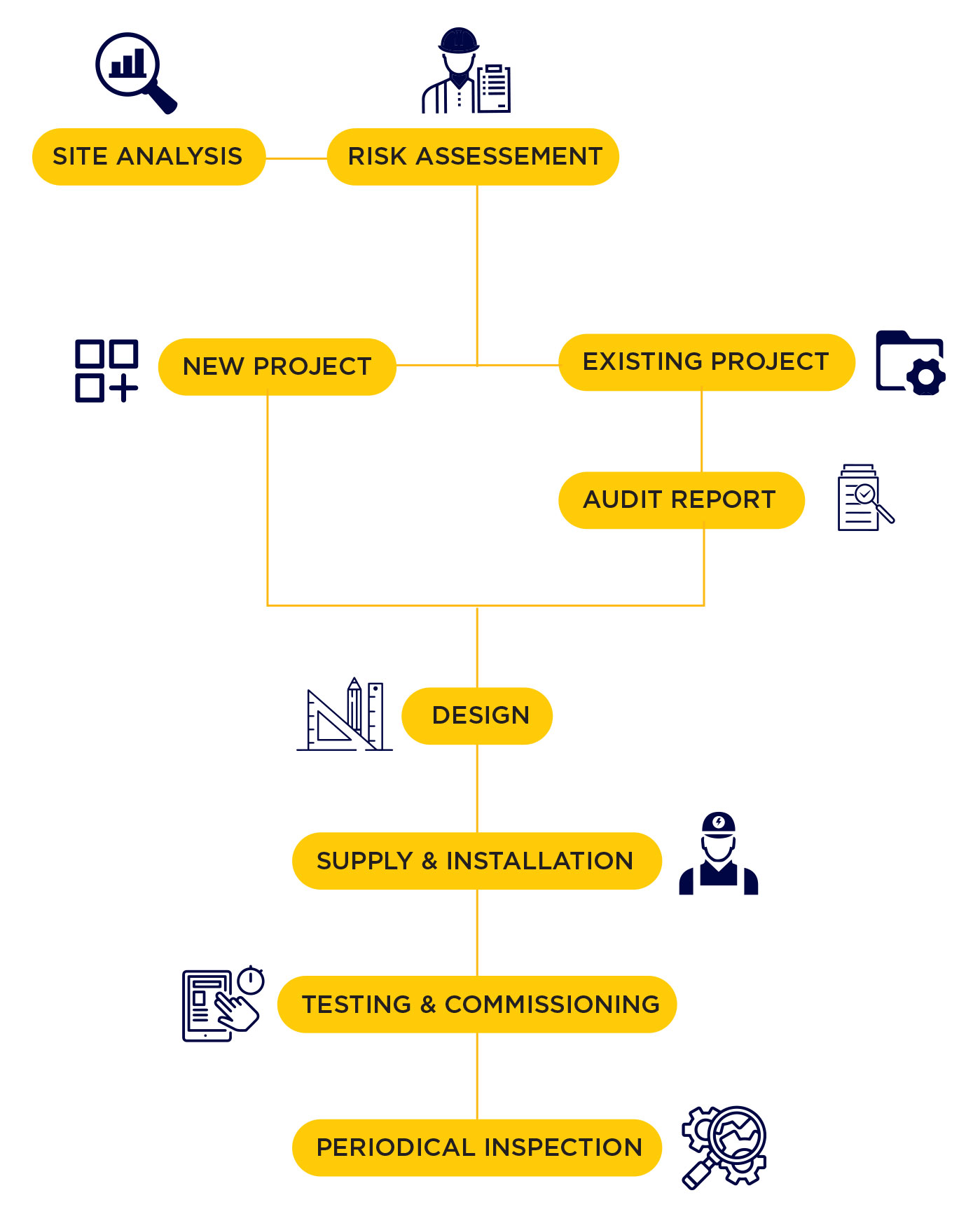
Our experts with technical know-how and deep insights assist your project implementation through online and offline consulting. Here, we bring years of experience and expertise specific to the industry. International domain experts, researchers and development engineers combine together to bring you the best practices in technical assistance, product recommendation and maintenance advice.